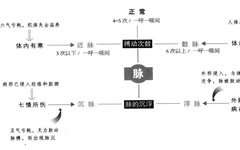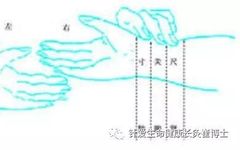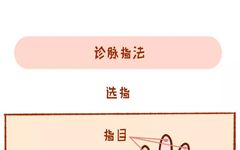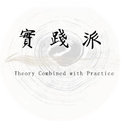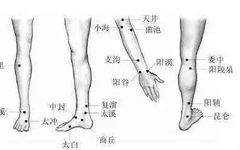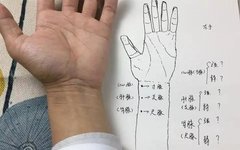Differentiating Diseases Based on the Four Basic Pulse Types: Floating, Sinking, Slow, and Rapid
TCM Case Studies / Medical Discussions / Reference Articles for Learning Clinical TCMIntroduction: Mastering the four basic pulse types: floating, sinking, slow, and rapid is essential for making connections when diagnosing through pulse examination. Distinguishing diseases based on the four basic pulse types and their relation to exterior/interior and cold/heat During pulse diagnosis, the practitioner … Read more

